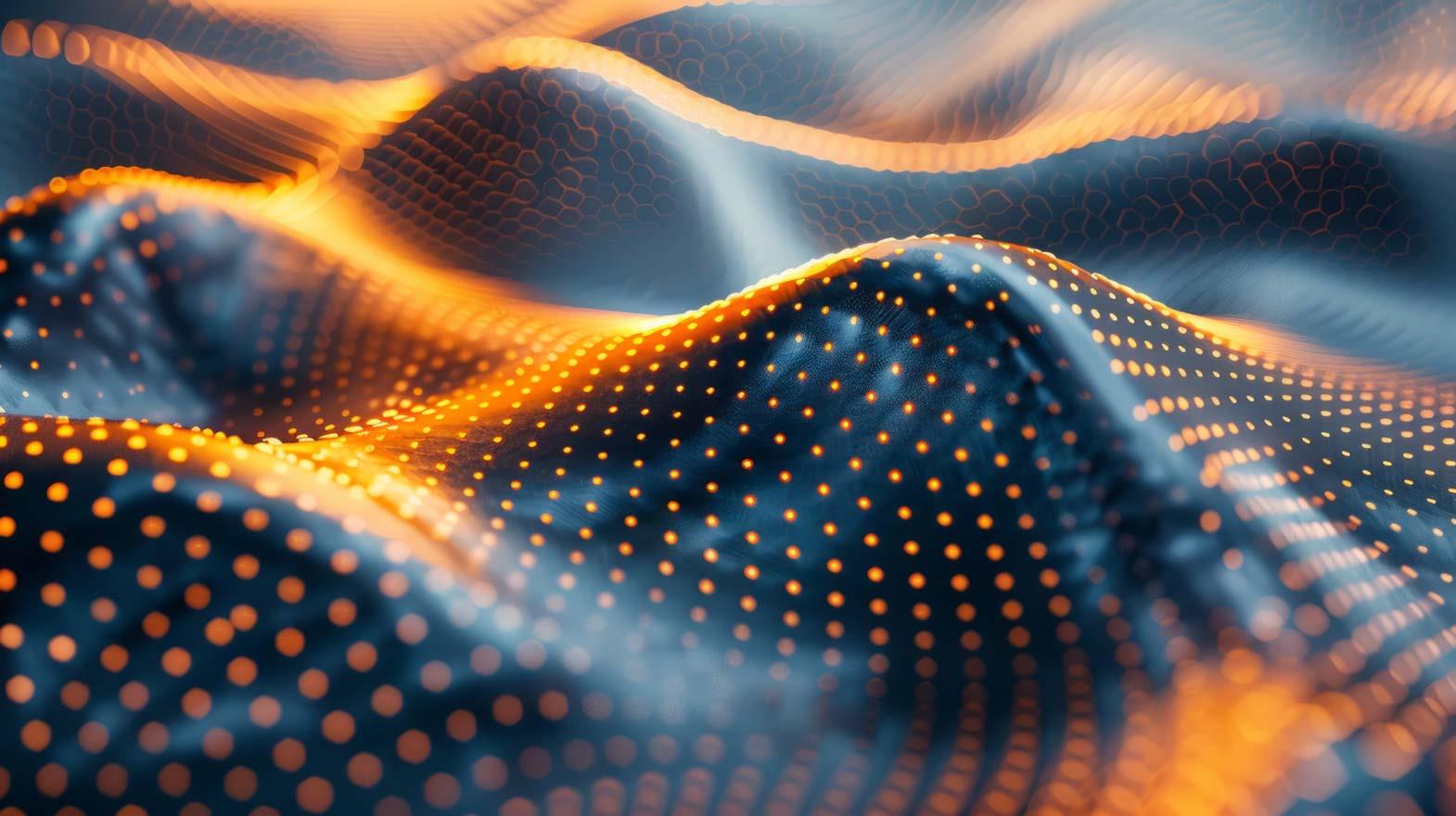Skin is the only organ of the body that comes directly incontact with the garment one is wearing. Clothes are the whole and sole thingsthat stay in contact with the skin for the longest time. Hence developingfabrics that can heal or protect the skin would add more value to your clothes.Using a certain kind of cloth can have a remedial and alleviating effect onyou. Therapeutic textiles provide new approaches and are gaining importanceslowly because of its many benefits and positive results. These fabrics play animportant role in relieving stress, rejuvenating, curing skin diseases and alsohelp you sleep better.
Since healing is the primary purpose of such textiles, anextra fine, tightly woven and extremely soft materials need to be used. Onesuch fabric is Linen. Linen has been used in ancient times by Egyptians, towrap mummies and preserve them for ages. This age old fabric is made from theflax plant fibres and woven into a beautiful and smooth natural material.
In several early Mediterranean cultures, linen garmentshave been used because of its quality to remain clean and to protect againstillness. Many ancient Holy Scriptures like the Bible, have a special mention ofthis flax fabric and have strongly emphasized on wearing pure linens. But, whatmakes linen so virtuous?
The silica in linen acts as a filter and repels dirt. Itfunctions as a protective shield in the sun by reducing the harmful gammaradiation by almost half. Linen keeps fungus and bacteria at bay. Hence, linenis said to be beneficial in curing skin diseases like common rashes and eczema.Using linen bed spreads reduces bed sores in patients who are
The texture of linen is smooth and leaves an almostcalming and soothing effect on your skin. It is also said to relax the nervoussystem, favour blood circulation, provide better air circulation and healinflammatory sensations. Linen fabrics are used to make clothes, bed-sheets andundergarments owing to its tranquilizing and skin friendly properties. Linensare also easy to maintain. It is twice as durable as cotton. Even after severalwashes it retains the luster, smoothness and strength. All this makes linen amiracle fabric for the skin.
Herbal textiles are also of high healing value. Thesefabrics are free of chemicals and dyes and are made from herbal extracts. Whatsets them apart from vegetable dyes is that they come with medicinal values ofthe herbs. A coat of direct and actual herbal extracts on the fabric keeps theremedial value intact. Herbal textiles have been helpful in curing diseaseslike hypertension, asthma, diabetes and even cardiac ailments.
Indigo for instance isused to cure skin allergies, Cuscus grass for asthma, turmeric fights skinproblems and enhances it, and sandalwood extracts keep one relaxed and calmbecause of its refreshingly mild fragrance. Herbal textiles are also used tomake garments and bed covers.
Amalgamating the concept of using essential oils for therapies with textiles has resulted in creating interesting blends of fabrics. Clothes made out these materials invigorate your senses and keep you relaxed. The fragrance is not lost even after several washes. These fabrics are used to cure common cold and relieve stress. Hospitals, hotels and spas are prospective buyers of a product like this.
With the advent of new technology, intelligent fabrics are being developed with help of science which provide therapies, especially pertaining to the skin. These biologically functional materials have given a rise to a new kind of textiles called bio-functional textiles. Creating fabrics with materials that the skin can easily absorb in order to cure and heal different ailments.
An extension of this is the microencapsulation technology used in the therapeutic textiles category. The technique makes use of micro capsules of solids or liquids that are blended with fabrics for a specific purpose. Aloe Vera treated fabrics are used to make baby garments, which protect them from rashes and leave a soft and smooth feel on their skins. Similarly, deodorized fabrics are being developed to make clothes that remain bacteria free, odorless and fresh all day.
Taking textiles to the next level is fabrics infused with copper oxide. These are designed to remain odorless and germ free. This means that anything possibly made out of it would be self sterilizing. With smart textiles like these, a person can go wearing the same socks for months together without having the need to wash it and still keep it clean and hygienic.
New innovation in textiles and remedial requirements are opening new possibilities and avenues, for smarter fabrics and solutions. Imagine wearing a garment that protects you from heat, keeps you relaxed and at the same time cures your ailments, the possibilities are endless.
References:
1. Textilesintelligence.coms
2. Abc.net.au
3. Nbcnews.com
4. Teonline.com
5. Success-gadget.com
6. Linencrafts.com
Image Courtesy:
1. Image.dhgate.com
2. Apartmenttherapy.com
3. Garnethill.com
4. Tipnut.com
5. Lexagventures.com









Comments